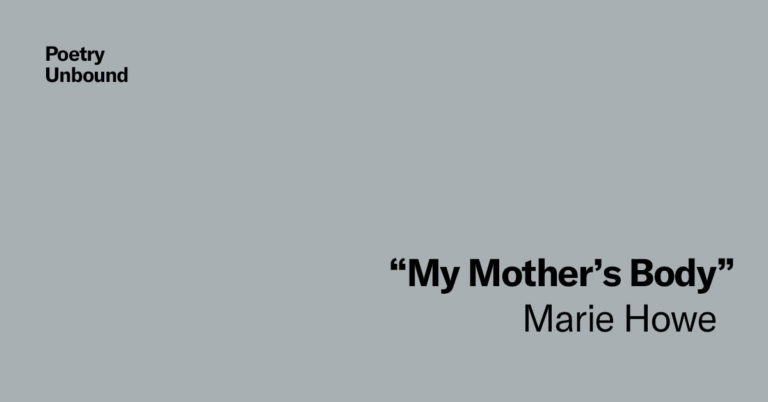The Shaping of Identity: Gender As a Creative Force, Not a Constraint
I sat, wide awake and pregnant once again, and wrote my unborn daughter a long, hand-written letter as the moonlight poured over my old wooden desk. It was the first time I’d felt (let myself feel?) a sense of substantive connection to her.
I’d just found out that I was having a girl that day, but the letter wasn’t about her sex. It was about the mystery of it all, my anticipation, my growing sense of love. Somehow, knowing the sex had let the first sinewy strings of that attachment form.
It was actually a conflicted moment for me. As a feminist who has wrestled hard with questions of nature and nurture when it comes to sex and gender, it felt strange that the very first information that I had about my child — other than some health indicators that were hard to wrap my brain around (1-in-28,000 chance of Trisomy 18? Huh?) — was her biological sex. I’d spent over a decade arguing that sex isn’t determinative of much other than, well, sex. Even that can be changed and isn’t the binary we pretend it is.
In my Introduction to Women’s Studies classes at Hunter College, I’d always made Anne Fausto-Sterling’s “The Five Sexes” required reading. In her paper, she explores the largely hidden incident of babies born “intersex,” meaning that they have a combination of male and female characteristics (one testis and one ovary, for example, or ovaries and some aspect of male genitalia). It’s very challenging to get accurate statistics on how many babies are born this way, but most estimates put it at about 1 in 2,000 — not an insignificant number. Every year, I had students who went home to their parents — many first-generation immigrants from conservative families — and asked, “Was I really a boy or a girl when I was born?”
I assigned this reading, and find it so powerful to this day, because it shows that even our most basic assumptions about biological sex are wrong and that the earliest moments of life are deeply influenced by culture. For instance, parents with an intersex baby will often “choose” to have the genitalia shaped into a vagina if they worry that the penis is too small, regardless of the internal organs, according to Fausto-Sterling. Despite our best efforts to fit male and female into tidy boxes, she writes, “…sex is a vast, infinitely malleable continuum that defies the constraints of even five categories.”
I love that. I believe that.
And yet, when I was carrying my first child, and again with my second, I gave in to the temptation to find out the sex of my baby, at least according to medical estimates based on a binary. Though I’ve done my best not to take that information and overlay it with a bunch of expectations, I would be lying if I said I didn’t relate to it as a fixed category to some extent. In part, this is because the pragmatic side of me knows that the world still works that way.

My daughter Maya has been treated “like a girl” by nurses, childcare providers, neighbors, and so many other well-meaning adults. At Maya’s grandparents’ house in Wisconsin there is a stairwell covered with studio portraits of each grandchild at one year old. As we climbed the stairs recently, Maya asked me about the outfits that she and her cousins were wearing; the girls each wear the same dress and the boys a collared shirt with overalls. I explained the family tradition and then said, “But, in general, girls can wear overalls and boys can wear dresses.”
Even as I said it, I realized that, while it was accurate, it wasn’t really “true.” Girls can wear overalls and boys are still largely treated as outcasts if they wear skirts in most parts of the country. Then I asked, curious as to what her response might be, “Are you a boy or a girl?”
“I’m Maya Elizabeth Martin Cary!” she hollered with great pride. A sense of relief, albeit temporary, washed over me. I don’t want her gender to be the primary influence on her identity, especially not at such a young age. I want her curiosity, her innate attractions, her growing range of abilities and language, and her relationships to feel like the defining influences on who she is becoming.
Having said that, I’ve mostly tried to keep my more evangelical tendencies at bay as I’ve started this parenting journey. I would never want her to feel like I’m projecting my ideology on her or seeing her as some kind of political project.
Her favorite color is purple and she’s got a budding interest in princesses. So be it. She also loves digging in the garden for roly polys and helping Dada fix the bus. I want my arms to be so wide, my language so generous, that none of it feels off-limits, either because it fits the stereotype or defies it.
Sometimes I feel like this window of innocence around gender’s pervasive presence is slowly closing for her. Right now, her best friend is a little dude named Oscar who loves to cook in his play kitchen. But she’ll go to preschool in the fall, where I’m sure there will be more talk of girls and boys and what they do. She’s being exposed to more pop culture, which almost always packs a power punch of gender essentialism. She’s often told how pretty she is by strangers. A woman at Target the other day asked me if I curled her hair every morning. As if…
I know I can’t build a wall between her and the world. The world is inside our family. The world is inside our house. It’s inside me. I can only hope that her gender feels like a creative force, not a constraint — like something to play with, rather than something to be restricted by. I want that for her, and I realize I want that for me.



Share your reflection